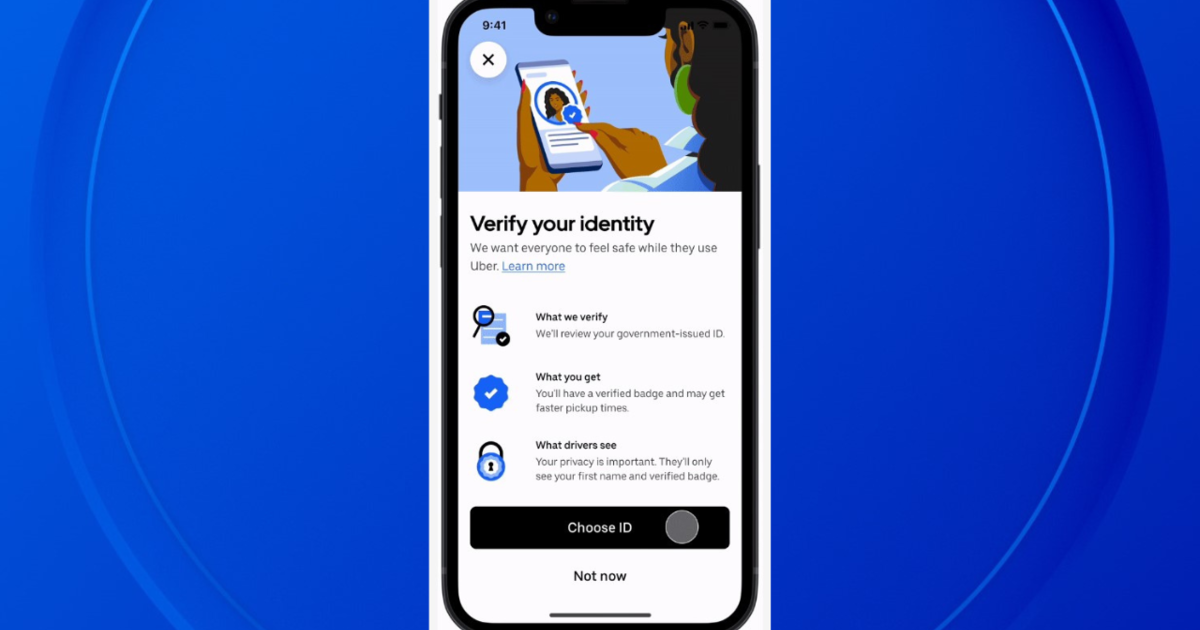'Race To The Top' Grant Program Is Changing Education
In the five years since President Obama’s signature education reform, Race to the Top was launched, schools across the country have adopted new, rigorous education standards, implemented stringent teacher evaluation systems and are developing data collection systems to better inform instruction. The competitive grant program was part of the American Recovery and Reinvestment Act (ARRA) of 2009. Its goal was to incentivize states to take the lead in reforming education to better prepare American’s students for college and careers.
Increasing schools and states' accountability
The No Child Left Behind (NCLB) reform of the previous decade had gone a long way toward increasing accountability in schools and closing achievement gaps between white and minority students, but the focus on standardized testing came with unintended consequences. To meet annual progress requirements, schools felt pressured to lower standards and allow testing to drive instruction. Race to the Top, by using a competitive grant model, rewards states that develop innovative, comprehensive reforms, providing models for the other states.
The ARRA dedicates more than $4 billion, approximately 1 percent of the total education funding in the nation, for the program. States applying for the funds must show plans for adopting standards and assessments that will prepare students for college study and the 21st century workforce. States must develop data-collection systems to support instruction and implement teacher and principal evaluation systems to promote effective teaching. States must also create intervention plans to turn around low-achieving schools. Applications for Race to the Top funds are scored based on how well they meet these four criterions.
Adoption of Common Core
The most substantial reform brought about by the Race to the Top is the adoption by 43 states and the District of Columbia of the Common Core Standards. The Common Core, an initiative of the National Governors Association and the Council of Chief State School Officers, is a set of education standards in English language arts and math. The Common Core establishes benchmarks for student learning at each grade level. Prior to implementation of the Common Core, each state had its own standards, many of which failed to prepare students for post-secondary pursuits.
The Center for Public Education reports that two-thirds of the states, in response to Race to the Top and other incentives offered by the Department of Education, have implemented new teacher evaluation systems. Most schools now include objective measures, such as student test scores, alongside the subjective classroom observation and lesson plan reviews that traditionally are used to measure a teacher’s effectiveness. The scoring rubric for Race to the Top applications gives more than 10 percent of possible points for adopting performance-based measurements of teachers and principal effectiveness.
Where it's worked
A $10 million Race to the Top grant allowed a California school district to move ahead with plans to personalized education for all its students. Galt Joint Union Elementary launched an innovative program that tailors instruction to the strengths, needs, interests and aspirations of each student. A student’s Personalized Learning Plans measure his or her progress in a variety of skill areas throughout the school year, measuring growth and noting areas that need attention. Technology allows students, teachers and parents access to these PLPs at anytime, strengthening the home-school connection.
Galt’s Bright Futures Leaning Centers, opened in July 2013 with Race to the Top funds, are resource hubs for students, parents, teachers and community members. The centers, located in the schools’ libraries, offer technical support and equipment, such as Chrome Books, that allow users to access online educational materials. With internet access available to all students, Galt is able to offer blended learning opportunities that combine online lessons with face-to-face instruction in the classroom.
Controversies around Common Core
Race to the Top is not without controversy. As states across the country implement the Common Core, groups such as Stop Common Core have formed in opposition to national standards. These groups fear a system of common standards will spawn a move for a national, federally controlled curriculum, depriving states and local districts of control over what students learn. These groups see Race to the Top grants as bait the federal government is using to entice states to conform to a federal education agenda.
Teachers’ unions have come out in opposition of the requirement that teacher evaluations include student test scores. Standardized test scores are a narrow measurement of student learning, they claim, and often reflect a student’s socio-economic status. Teachers with the difficult task of teaching students from needy communities are punished because students from low-income communities often come to school unprepared to learn. Teachers have no control over many factors that determine student achievement on tests.
Race to the Top grants
As of May 2014, 19 states have won Race to the Top grants. According to the White House, student participation in Advanced Placement (AP) programs has increased more than 13 percent in these states, and the number of students that scored at or above level 3 on AP exams, the minimum level needed to earn college credit, increased by 16 percent. The high school graduation rate across the nation is at an all time high, and students’ scores on the National Assessment of Educational Progress are rising. Reforms enacted as states compete for Race to the Top funds appears to be achieving the President’s goal of graduating students prepared for college and careers.
Gillian Burdett is a freelance writer covering all things home and living. Her work can be found on Examiner.com.




